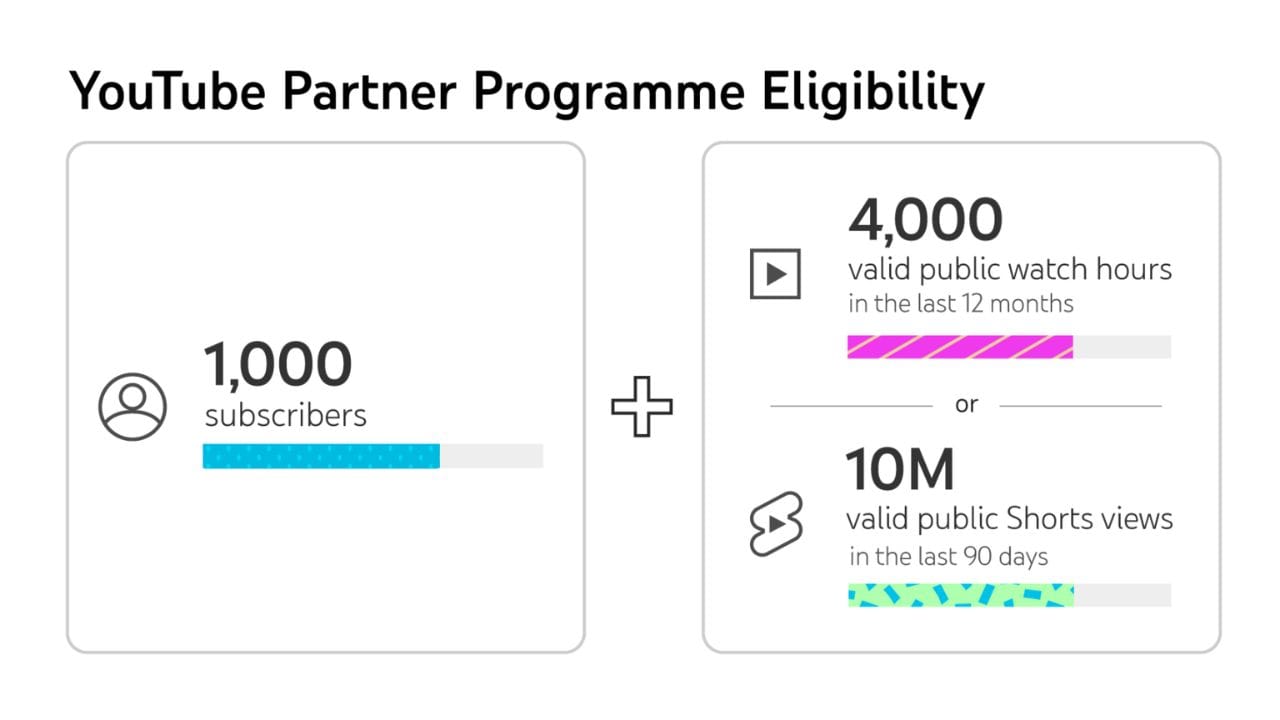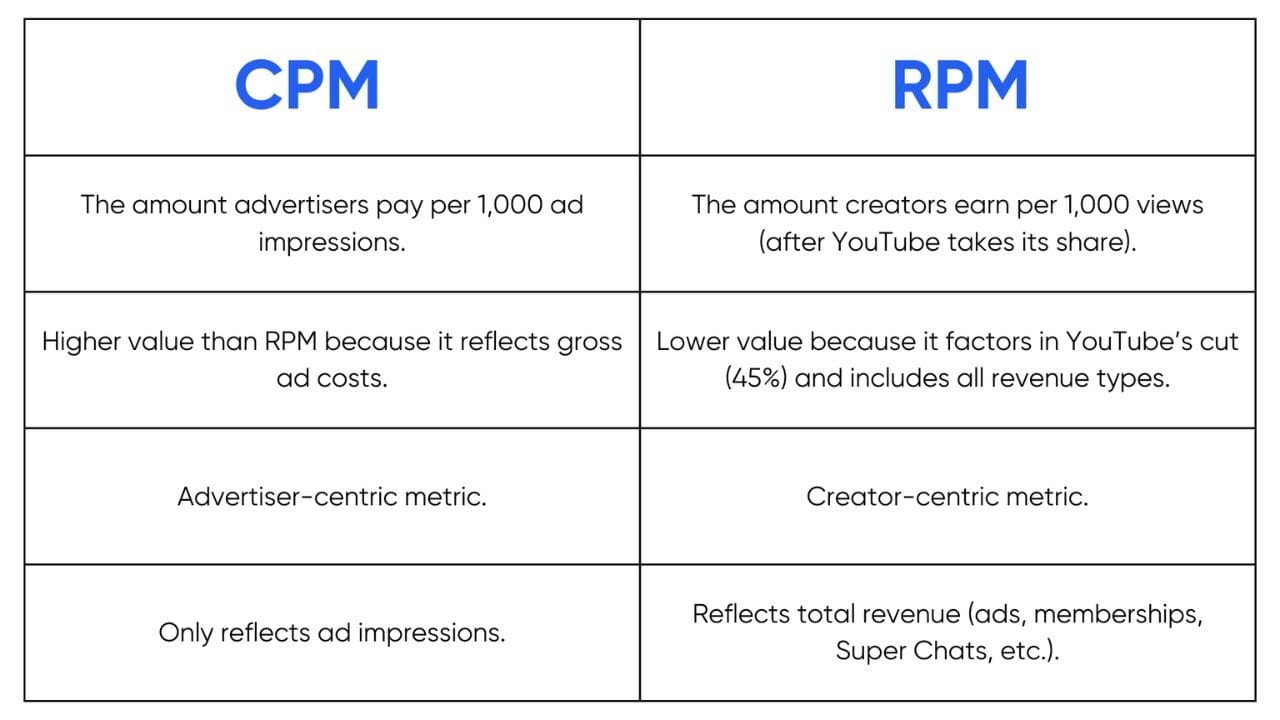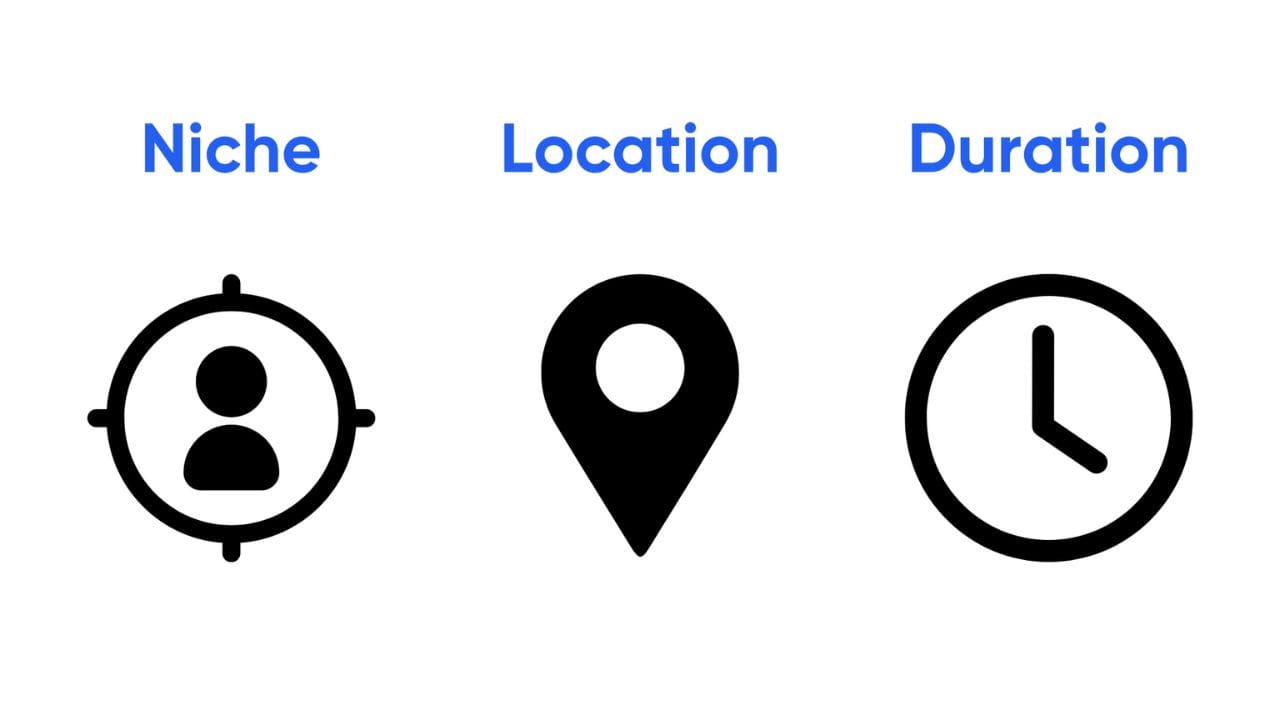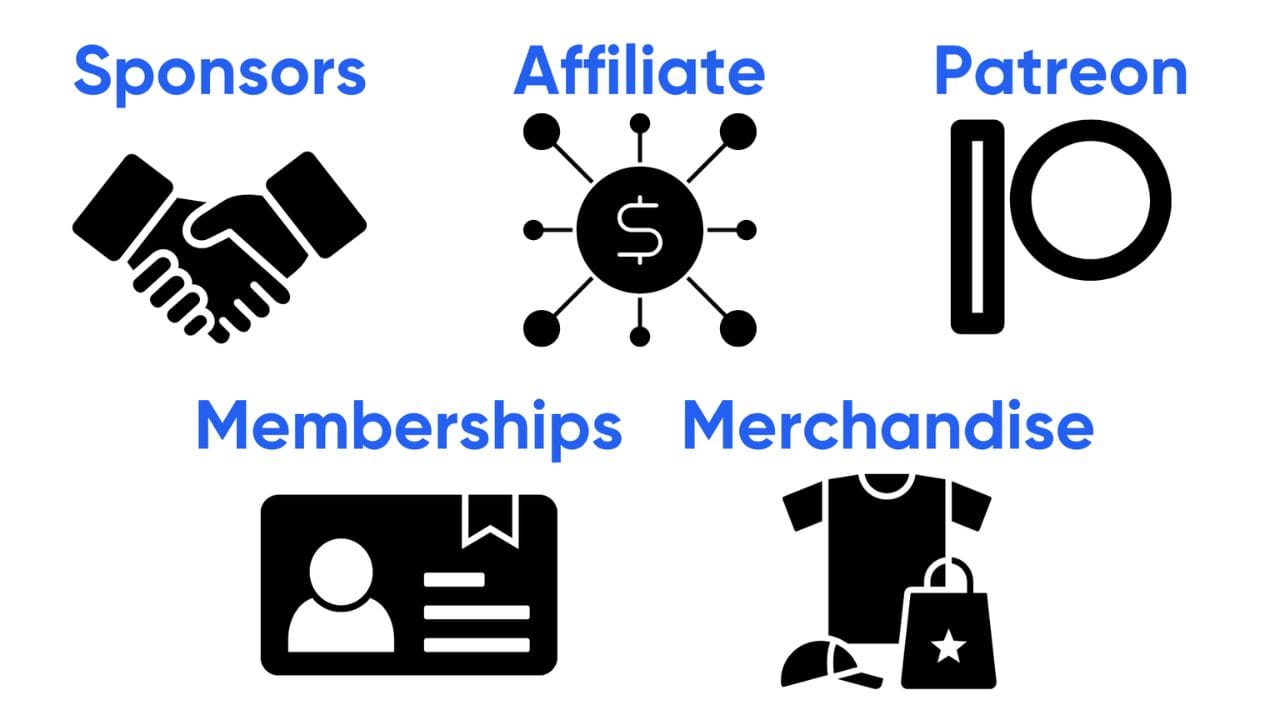How To Monetize Your YouTube Views
To start earning on YouTube, you typically need 1,000 subscribers and 4,000 watch hours. Once accepted into the YouTube Partner Program, you can monetize your videos through ad revenue, channel memberships, merchandise sales, brand deals, and crowdfunding.

Many YouTubers in the beginning wonder, “How many views do I need to start making money on YouTube?”. The answer isn’t straightforward due to various factors like monetization methods, your niche, and audience demographics.
However, this post will give you a clear understanding of YouTube’s monetization system and strategies to maximize earnings, so you can determine how many views will bring in a meaningful income. Let’s dive into the details!
To join YouTube’s Partner Program and start earning money, you typically need to meet two main requirements: 1,000 subscribers and 4,000 watch hours. Once you reach these milestones, you can start monetizing your videos through various methods.
Step 1: Joining the YouTube Partner Program (YPP)
Before even thinking about earning money from YouTube, you need to become eligible for the YouTube Partner Program (YPP). This program allows creators to make money from advertisements that play on their videos. To qualify, you must meet these minimum requirements:
- 1,000 subscribers
- 4,000 public watch hours in the last 12 months, OR 10 million Shorts views in the past 90 days.
- Follow all of YouTube’s community guidelines and monetization policies.
Once accepted, your videos can start displaying ads and you’ll begin earning money from your videos!

Step 2: Understanding How YouTube Ad Revenue Works
When you’re part of the YouTube Partner Program, you’ll earn money mainly through ad revenue (we’ll discuss more ways later in the post). However, the amount you earn per view varies based on a few key metrics:
CPM (Cost per Thousand Impressions) CPM represents how much advertisers pay for 1,000 ad impressions. The CPM depends on factors such as your content’s niche, audience demographics, and even the time of year (advertisers pay more during holidays). CPMs can range from $2 to $15, with some niches like finance or technology fetching higher rates.
RPM (Revenue per Thousand Views) While CPM shows what advertisers pay, RPM reflects what you earn after YouTube takes its cut (YouTube takes 45%, leaving you with 55%). RPM includes the total revenue from advertisements, Super Chat, memberships, and more. On average, RPM ranges from $1 to $5 per 1,000 views for most creators.
This means if your RPM is $2, you can expect to earn around $2 for every 1,000 views.
Below is a table to help clearly show the differences.

Step 3: How Much Money Do Your Views Generate?
Let’s break it down based on the assumption that you have an RPM of $2, which is the average for many YouTubers.
10,000 views = $20
50,000 views = $100
100,000 views = $200
1,000,000 views = $2,000
However, the views required to earn money vary based on the niche, location of your audience, and content type. Videos in niches like finance, tech, or law often have higher RPMs, so creators in these areas can earn more per view compared to those in entertainment or vlogging niches.
Additionally, the platform where you share your YouTube videos can influence your earnings. Platforms like TikTok and Instagram Reels offer opportunities for cross-promotion and can drive additional views to your YouTube channel. By leveraging these platforms and building a strong social media presence, you can expand your reach and increase your earning potential.
Let’s go into more detail to help you out!
Factors That Affect Your Earnings Per View
- Your Niche
The niche you choose is important in how much money you can make. For example:
High-earning niches: Finance, business, real estate, technology (RPMs can range from $8 to $15).
Moderate-earning niches: Health, fitness, lifestyle, education (RPMs typically range from $4 to $8).
Low-earning niches: Entertainment, comedy, vlogging (RPMs can be $1 to $4).
Advertisers pay more in niches where there’s a higher potential for conversions, which leads to higher RPM for creators in those niches. - Audience Location
Where your audience is located also impacts your earnings. Viewers in countries like the U.S., Canada, the U.K. and Australia have higher CPMs because advertisers in those regions typically spend more. On the other hand, views from countries with lower ad spend, such as India or Southeast Asia, generate lower ad revenue.
It's important to note that while the number of views is a significant factor, it's not the only one. The quality of your content, audience engagement, and the type of ads displayed on your videos also play a role in your overall earnings. By consistently creating high-quality content, building a loyal audience, and optimizing your videos for ad revenue, you can increase your earnings on YouTube. - Video Length
Videos longer than 8 minutes allow for multiple advertisements to be placed, meaning you can place ads at the beginning, middle and end of the video. This increases your earnings potential compared to shorter videos that can only have ads at the start and end.
However, it's important to strike a balance between video length and viewer engagement. While longer videos can potentially generate more ad revenue, they may also lead to higher viewer drop-off rates if the content isn't compelling enough.
Aim to create videos that are long enough to include multiple ad breaks without sacrificing quality or viewer experience. Additionally, consider using shorter, more frequent ad breaks to avoid overwhelming your audience.

Step 4: Other Ways to Make Money on YouTube
While ad revenue is the primary income stream for many YouTubers, it’s not the only way to make money. Here are additional ways to boost your earnings on your channel:
- Sponsorships As your channel grows, brands may reach out to you for sponsorship deals. You’ll get paid to mention or review products in your videos.
- Affiliate Marketing With affiliate marketing, you promote products or services and when viewers make a purchase using your affiliate link, you earn a commission.
- Merchandise YouTube allows creators to sell merchandise directly through their channels. Custom-branded items like t-shirts, hats, and mugs can bring in additional income.
- Super Chat and Channel Memberships If you livestream on YouTube, viewers can pay through Super Chat to highlight their messages. You can also offer paid channel memberships for exclusive perks.
- Patreon Many creators use Patreon or similar platforms to offer exclusive content, early access, or perks to subscribers who support them with monthly contributions.

